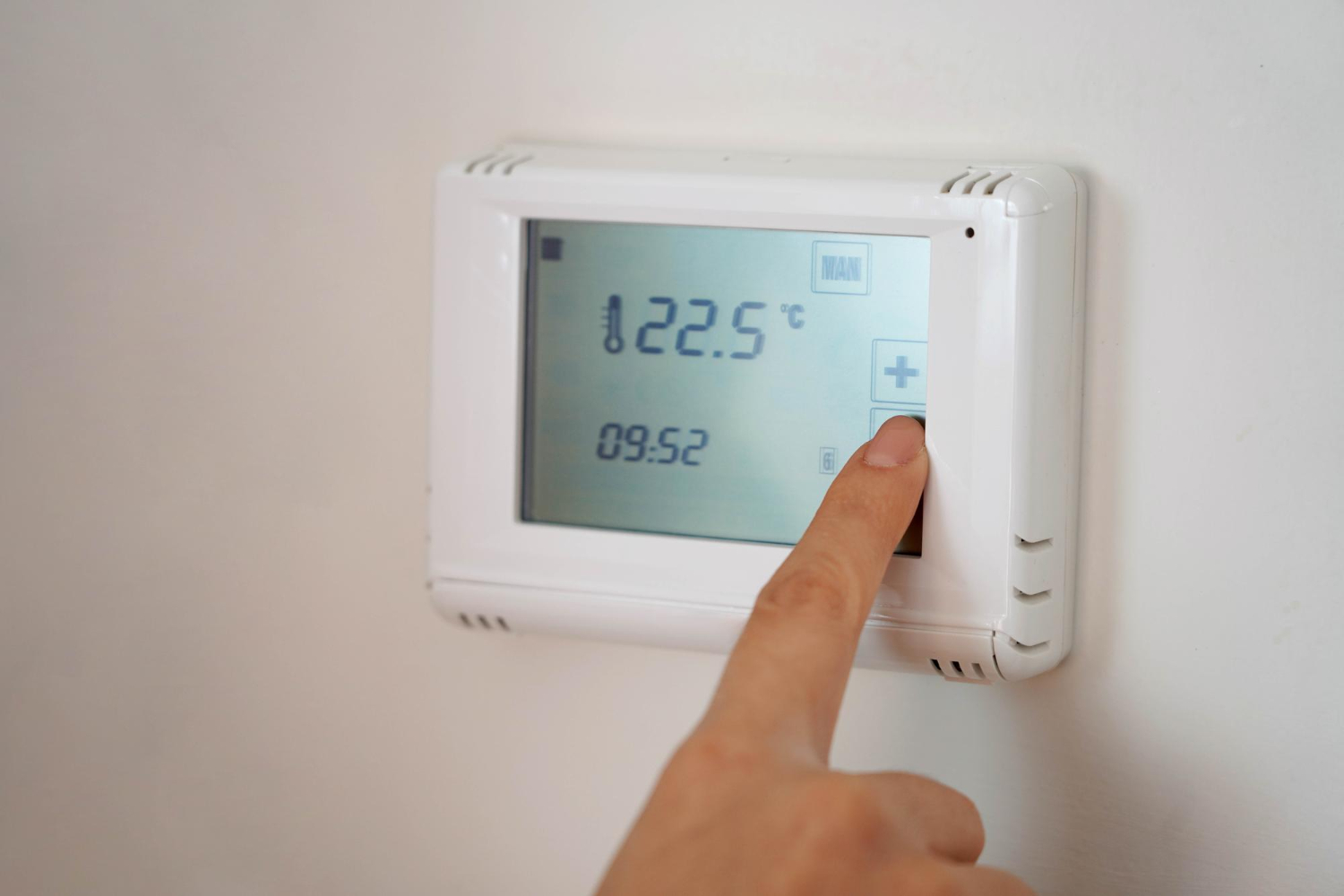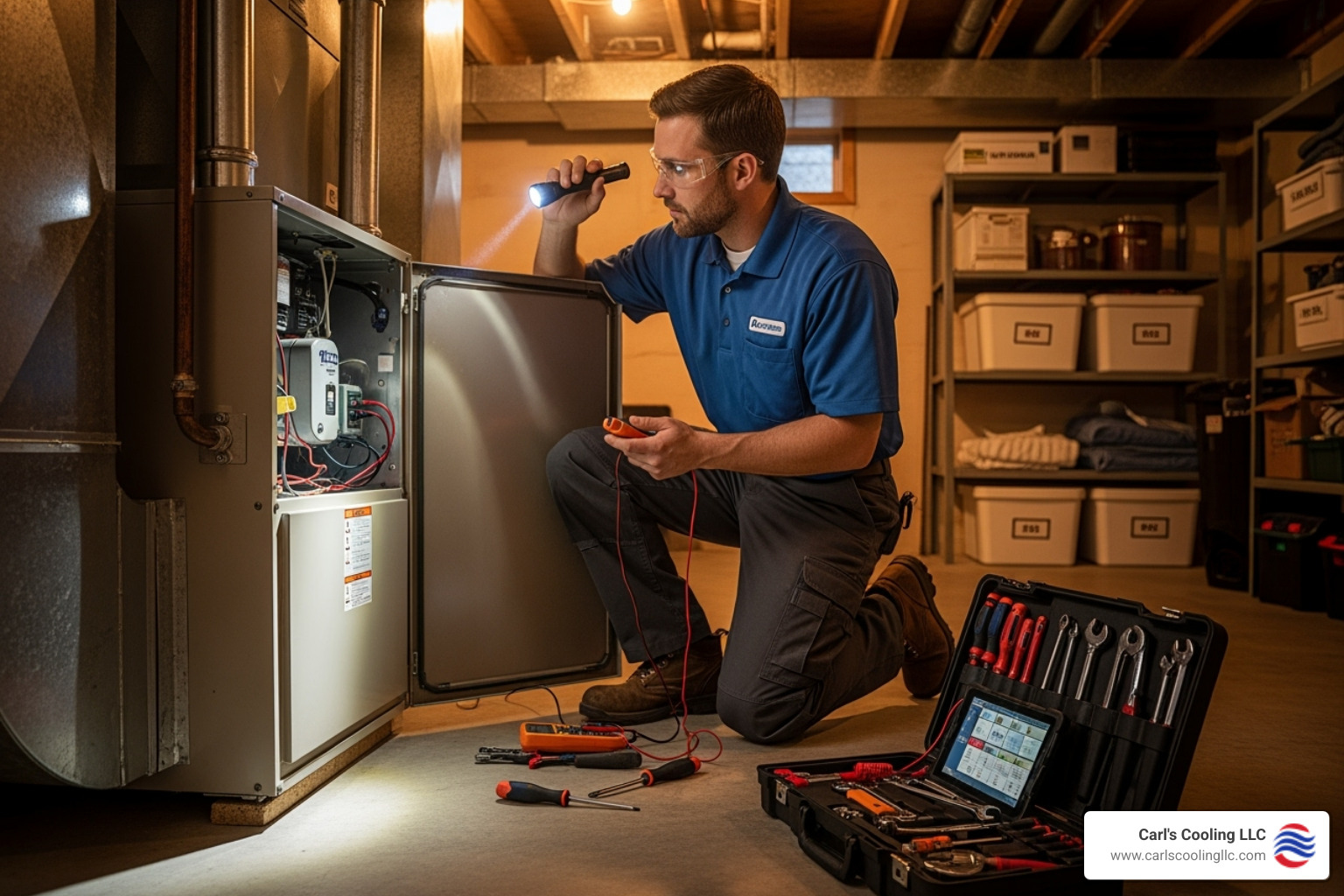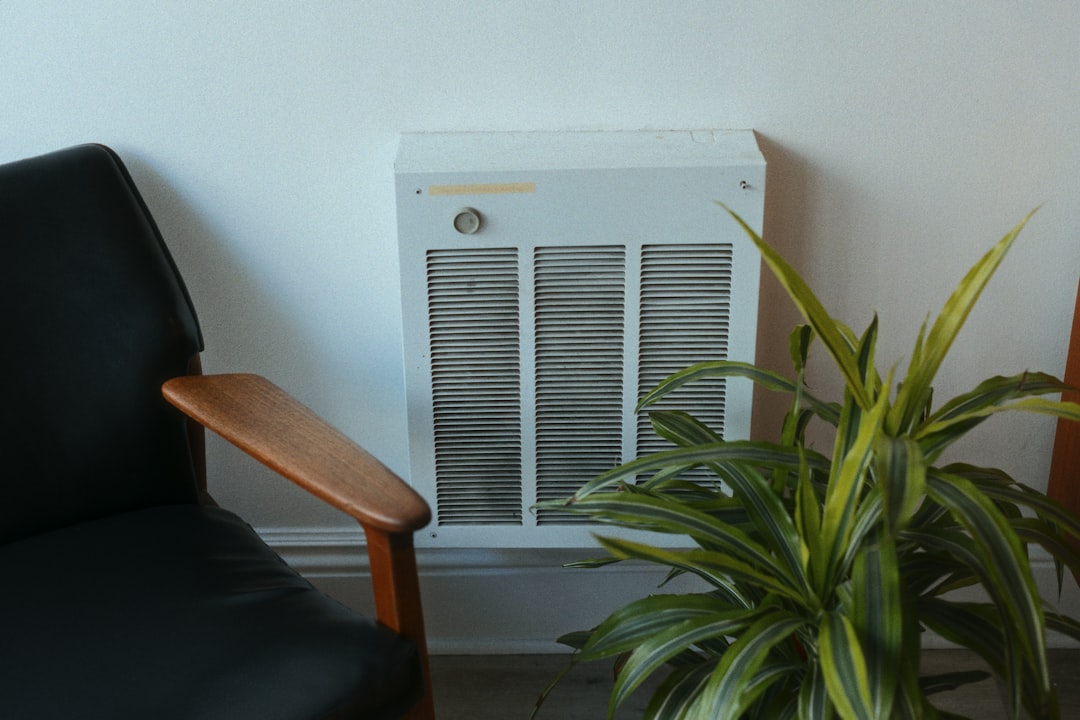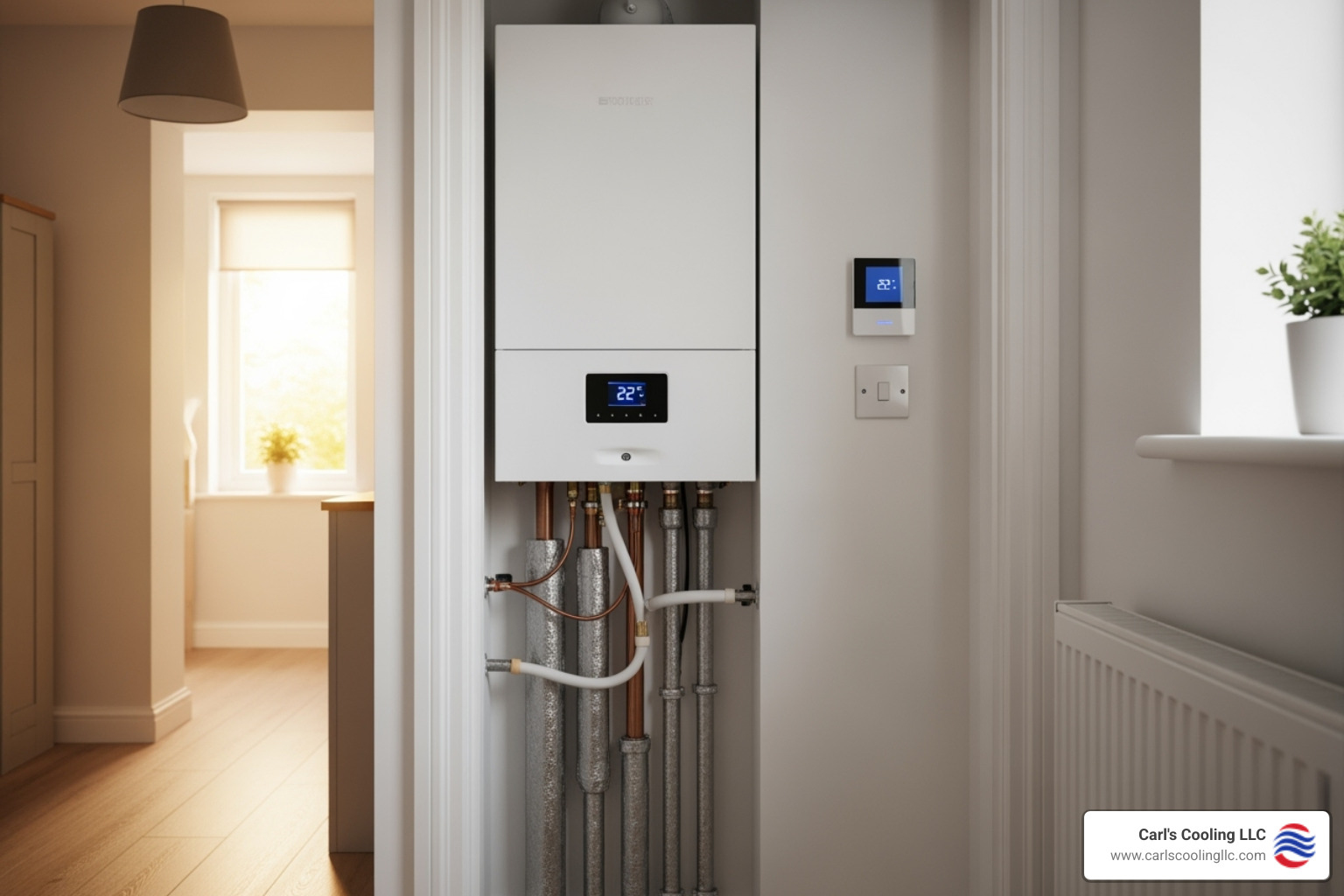When your AC stops behaving the way it should, the first thought might be a failing compressor, low refrigerant, or maybe clogged filters. But in many cases, the problem actually starts with the thermostat. This small device controls everything your AC does, and when it breaks down or sends bad signals, it can make your entire system act up. In a city like Conroe, where summers stay hot for long stretches, an issue like this causes more than just discomfort. It affects energy use, indoor air quality, and overall home comfort.
Residents may not notice at first since thermostat problems often show mild signs in the beginning. It might seem like just a minor quirk or little delay. But in time, your home doesn’t cool properly or the AC unit runs longer than needed. If the thermostat stops working entirely, the whole system becomes unreliable. Recognizing this early gives you the chance to get things back on track before the next heatwave hits.
Common Causes of AC Thermostat Malfunctions
Several small things can cause a thermostat to stop working the way it's supposed to. And when that happens, the AC suffers too. Whether it stops responding to changes, turns on and off too much, or causes uneven cooling throughout your home, it often ties back to one of these common problems. The list below includes a few of the most frequent reasons homeowners in Conroe run into thermostat trouble:
1. Dust and debris buildup
Dust can get into the thermostat housing and interfere with internal sensors. If your thermostat isn't sealed well or hasn't been cleaned during maintenance, this buildup can slowly throw off its ability to read indoor temperature correctly.
2. Electrical issues
Loose wiring, corroded terminal connections, or a weak power source can cause a thermostat to behave unpredictably. This might lead to it shutting off randomly or sending incorrect instructions to your AC unit.
3. Improper installation
If a thermostat was installed in a spot that gets too much sunlight, or near vents or windows, it can create false readings. For example, a thermostat near a window may read the room as warmer than it really is, running the AC for longer than needed.
4. Age and wear
Older thermostats, especially non-digital models, can become less accurate over time. As the internal components break down, readings and commands become unreliable. Many older units also lack the programming features that help manage temperature efficiently during high-use months.
A homeowner in Conroe might notice their living room stays cool while the bedroom never seems to get as comfortable. After ruling out ductwork or airflow problems, the thermostat could be to blame. If it's aging or sending incorrect signals, the system may focus cooling power in one part of the home while missing the other.
Signs Your Thermostat May Be Malfunctioning
Even a few early warnings can help prevent a bigger problem down the line. The way your thermostat performs often hints at deeper cooling system troubles. Paying attention to how it responds or doesn’t can steer you toward a faster fix. Here are the most common signs your thermostat isn’t doing its job:
- Irregular or inaccurate temperature readings: If the display never matches how the room actually feels, the thermostat likely isn’t detecting changes correctly.
- Short cycling: This happens when the AC turns on and off frequently in a short period. It wastes energy and makes it hard for rooms to stay comfortable.
- Delay when adjusting settings: When you change the temperature and the system doesn’t respond right away or at all, it's often a sign of connectivity or sensor issues.
- Uneven temperatures throughout your home: If one part of the house feels fine but another stays hot, the problem might be in the thermostat’s control over the system.
These signs don’t always show up all at once, which is why they’re easy to overlook. However, if more than one is happening regularly, the thermostat may be the root of the issue. Noticing patterns, like the AC always kicking on with no temperature change or failing to start until much later, gives you enough reason to have it checked.
How Our Technicians Identify and Fix Thermostat Issues
Figuring out whether a thermostat is causing AC trouble often starts with a full system check. The thermostat might be the problem, or it could be a symptom of something else. That’s why careful diagnosis is key. The process begins with checking how your thermostat communicates with the AC. If signals are delayed, inconsistent, or missing, it’s a sign there’s a fault either in the device or the wiring behind it.
Our technicians start with basic functionality tests. They confirm that the thermostat powers on correctly, responds when settings are changed, and displays the correct indoor temperature. If anything seems off, they take a closer look at the wiring and its connections to the HVAC system. Issues like corrosion, frayed wires, or loose screws can all interfere with performance. If wiring problems are found, they are repaired to restore proper function.
If the thermostat can be cleaned and adjusted rather than replaced, that’s often the next step. Dust, corrosion, or minor internal build-up can sometimes cause lagging signals. Carefully cleaning the unit and recalibrating the sensors can often fix erratic readings. But if the thermostat is outdated and performing inconsistently, the best fix may be replacement. Newer models offer more accurate readings and better control options.
In cases where repeated problems occur, like constant short cycling, false temperature readings, or delayed cooling, our technicians might recommend upgrading to a newer thermostat model. For example, someone in Conroe with an analog thermostat over ten years old might benefit from switching to a digital or programmable one. These help reduce wear and tear on the AC system by offering more accurate and timely control.
Preventative Measures To Avoid Future Issues
Once your thermostat works the way it should, keeping it that way helps you avoid future issues. Preventative steps don’t take much time, and they support your AC’s performance during the hottest parts of the year in Conroe. Maintenance doesn’t just focus on the AC unit itself. It's about keeping every part of the system running smoothly, including the controls.
Here are a few effective ways to avoid future thermostat problems:
1. Check and clean the thermostat face and housing every few months
Light dust can affect sensor accuracy over time. A soft cloth or canned air is usually enough for clearing buildup.
2. Book seasonal HVAC checkups
Having professionals inspect the whole system, including the thermostat wiring and calibration, gives you more peace of mind during the summer season.
3. Avoid installing or relocating thermostats in direct sunlight
Exposure to heat from windows or vents can lead to false readings and unnecessary cycling.
4. Invest in modern thermostat models with built-in diagnostics
These can alert you to problems before they get worse. Some newer digital thermostats include error messages when they detect internal failures or lost connections to the HVAC system.
Staying current on basic upkeep makes a big difference. It doesn’t need to be complicated either. Simple cleaning, consistent usage checks, and professional support go a long way.
Keeping Your AC Running Strong in Conroe
In the peak of summer, no one in Conroe wants to discover their AC isn't working because of a single small device. A thermostat may be small, but it holds a big role in keeping cool air flowing when you need it most. Once it starts sending the wrong instructions or fails to respond at all, your indoor comfort can drop fast. Whether it’s short cycling, inconsistent temperatures, or delayed cooling, addressing thermostat issues early helps maintain a quiet, consistent system.
By understanding what causes thermostat issues and watching for signs like strange temperature shifts or unresponsive controls, residents in Conroe can act before full breakdowns occur. Routine inspections, clean surfaces, updated settings, and help from experienced professionals all work together to keep your AC steady during high-demand seasons. It’s about maximizing comfort without guessing, and making sure your home stays cool exactly when you need it.
When your thermostat starts displaying erratic behavior or causing comfort issues in your home, Carl's Quality Cooling and Heating LLC provides dependable solutions to restore your system's performance. You can rely on our expert team for prompt and professional AC repair in Conroe to resolve thermostat-related problems and keep your home cool and efficient. For a quick estimate or to book a service visit, please contact us today.





